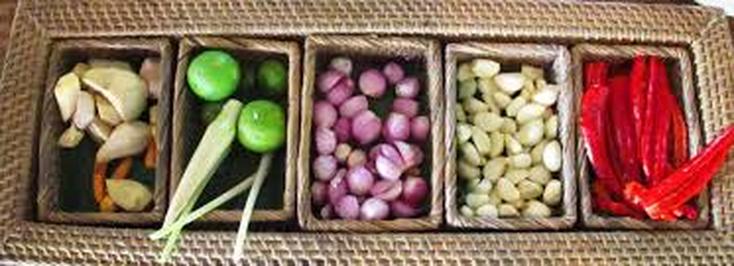No matter what Chinese culinary delights you have tasted in the past, know that there are so many more flavours to experience and you should aim to indulge yourself in them all.
References for this blog are Michael Tieso who is the Editor-in-chief of Art of Adventuring and some other information gathered from the sbs site.





 RSS Feed
RSS Feed

